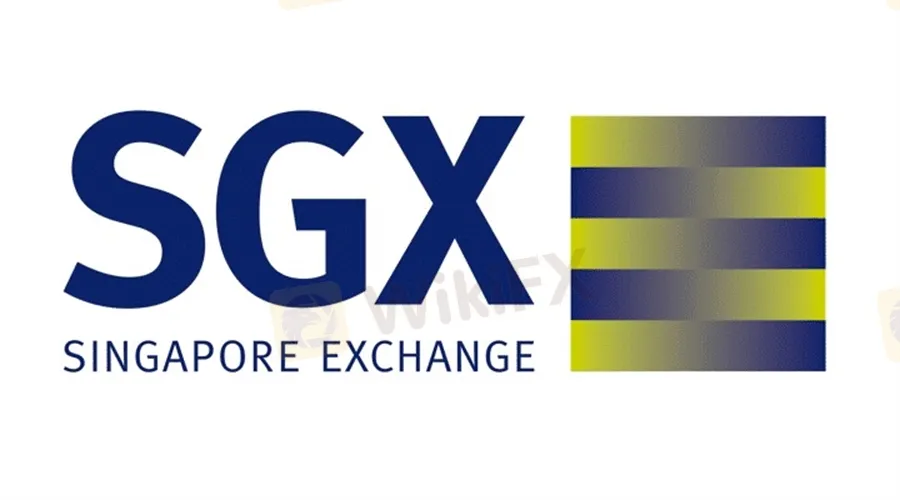简体中文
繁體中文
English
Pусский
日本語
ภาษาไทย
Tiếng Việt
Bahasa Indonesia
Español
हिन्दी
Filippiiniläinen
Français
Deutsch
Português
Türkçe
한국어
العربية
Derivatives DAV in SGX Soared to 1.06 Million Contracts in February
Abstract:Singapore Exchange (SGX) released the monthly trading volumes for February 2022, noting that derivatives daily average volume surged to the highest in almost two years. According to the report, the figures soared as heightened volatility and concerns over inflation boosted risk-management activity.

2.5 million contracts were traded on SGX in February, up 36% y-o-y.
SGX USD/CNH Futures traded volume increased 15% y-o-y in February.
Moreover, the Ukraine-Russia crisis added volatility to the derivatives‘ volumes across the board, adding to challenges facing commodity markets and supply chains worldwide. As a result, the SGX’s derivatives daily average volume (DAV) reached 1.06 million contracts in February, the highest since March 2020. On a year-over-year (y-o-y) basis, derivatives traded volume grew 5% to 18.6 million contracts.
Also, SGX Nifty 50 Index Futures volume increased 33% year-over-year, contributing to a 5% increase in equity index futures volume. A 10% increase in traded volume of the MSCI Singapore Index Futures was recorded last year, while a 4% increase in traded volume of the Nikkei 225 Index Futures was recorded.
Forex Figures on SGX
In forex , open interest on SGX USD/CNH Futures hit a record US$12.4 billion in February, with volume growing by 15% year-over-year to 823,524 contracts. With risk aversion on the rise, offshore RMB or CNH is increasingly used as a safe-haven currency, and the SGX contract is the worlds most traded CNH futures contract.
The total volume of FX futures traded on the Singapore Exchange was US$107.8 billion, with open interest at US$13.9 billion, up 56% year-on-year. In February, the average daily value of SGX securities rose 36% month-over-month (m-o-m) to S$1.6 billion, the highest since March 2021. Securities market turnover grew 16% month-over-month to S$29.6 billion. The top performers, as well as most active stocks during the month, were Rex International Holding Ltd. and Samudera Shipping Line Ltd.
Straits Times Index (STI) fell 0.2% in February to 3,242.24. Although it returned 4% over the first two months of 2022, it plummeted 4.5% less than the FTSE ASEAN All-Share Index, 4.5% less than the FTSE Asia Pacific Index, and 6.6% less than the FTSE All-World Index.
In January, the trading volumes on SGX rose by +3% month-on-month to 20 million contracts (approx), the largest amount since September 2021.

Disclaimer:
The views in this article only represent the author's personal views, and do not constitute investment advice on this platform. This platform does not guarantee the accuracy, completeness and timeliness of the information in the article, and will not be liable for any loss caused by the use of or reliance on the information in the article.
Read more

JustForex vs JustMarkets: A Comprehensive Comparison in 2025
Selecting the right forex broker can make the difference between trading success and frustration for most investors, especially retail investors. As retail traders gain unprecedented access to global markets, the choice between platforms like JustForex and JustMarkets becomes increasingly significant. Both brokers offer some shining features within the forex and CFD trading space, but their approaches differ in some areas.
Vault Markets Review 2025: Live & Demo Accounts, Withdrawal to Explore
Vault Markets, a South African-based broker, has attracted much attention in recent days, particularly within its region. This online broker only offers access to focused trading opportunities on Indices, Currencies, Energies, and Metals, yet it shines on low minimum deposits plus various bonus programmes, which would encourage more investors, especially beginners, to trade with a small budget. However, Vault Markets operates outside of the authorized scope, so we don't consider it solid to trade with.

FBK Markets Review 2025: Live & Demo Accounts, Withdrawals to Explore
FBK Markets, a young South African forex broker, targets both beginners and experienced traders within this region. This broker shines at its low minimum deposit required, 100% deposit bonus, and flexible account options, yet we cannot consider it reliable as it operates without any regulation. Furthermore, it features an approximately 70% withdrawal failure rate.

OlympTrade Review 2025: Trading Accounts, Demo Account, and Withdrawal to Explore
OlympTrade is a relatively young online broker registered in Saint Vincent and the Grenadines, a shady spot with a booming of unlicensed entities. Tradable assets on the OlymTrade are not extensive, and this broker does not tell many essential trading conditions. As for trading platforms, I found trades can only operated on a simple web-based trading platform, no Metatrader platform at all.
WikiFX Broker
Latest News
Plunging Oil Prices Spark Market Fears
Celebrate Ramadan 2025 with WelTrade & YAMarkets
WikiFX App Version 3.6.4 Release Announcement
Indian Watchdog Approves Coinbase Registration in India
SILEGX: Is This a New Scammer on the Block?
How Can Fintech Help You Make Money?
Good News for Nigeria's Stock Market: Big Gains for Investors!
IIFL Capital Faces SEBI's Regulatory Warning
Why Is OKX Crypto Exchange Under EU Probe After Bybit $1.5B Heist?
Gold Trading Insights: Prepare for Moves Above $2,900 Post-CPI
Currency Calculator






